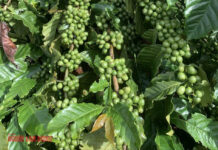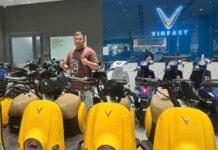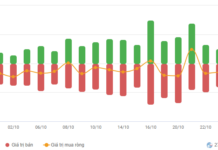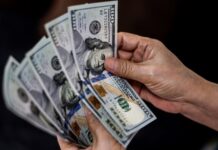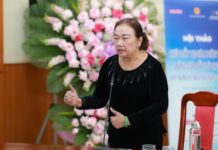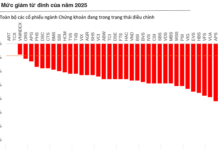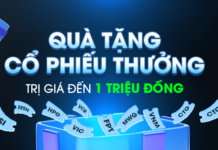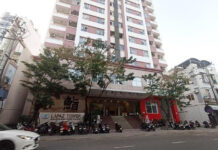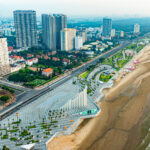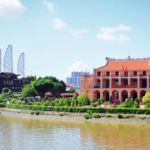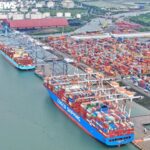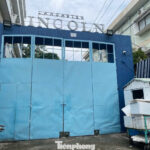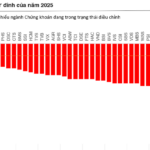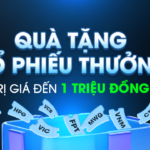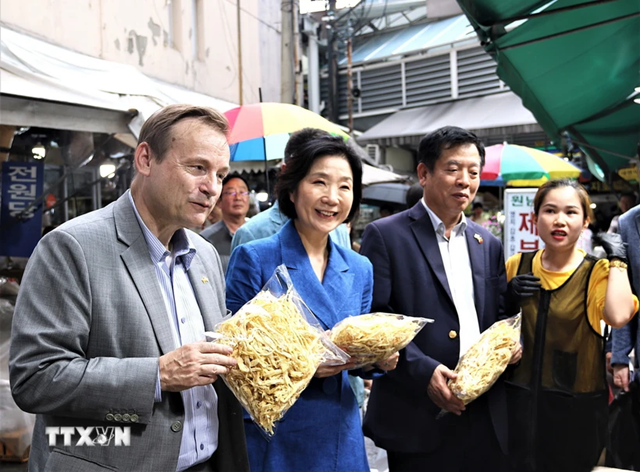“For decades, we’ve grown accustomed to a carefree approach: extract, use, and discard. But today’s reality shows that mindset is no longer sustainable,” said Prof. Dr. Nguyễn Văn Phước, Chairman of the Ho Chi Minh City Water and Environment Association, at the Circular Economy in the Water Sector seminar on October 23rd.
Mr. Phước argues that water was once seen as an infinite resource, leading to rampant use and careless disposal. However, in the face of climate change, pollution, and rising demand, Ho Chi Minh City cannot continue “using clean water to push out salinity and then discard it.” Instead, it must shift to a circular water economy, treating treated wastewater as a valuable resource.
According to him, the Saigon – Dong Nai river system, the city’s primary water source, is under immense pressure. Upstream, industrial zones in Binh Duong and Dong Nai discharge more waste as production expands. Agriculture and livestock also contribute to pollution through heavy fertilizer and chemical use. Despite regulations, many rivers still exceed permissible limits, especially during the dry season when water flow decreases significantly. Salinity intrusion deepens, threatening the city’s water supply.
Beyond water scarcity, Ho Chi Minh City is also heavily impacted by climate change. Heavy rains cause prolonged flooding, while droughts leave rivers and lakes dry. “This is no longer a warning but our daily reality,” Mr. Phước stated.
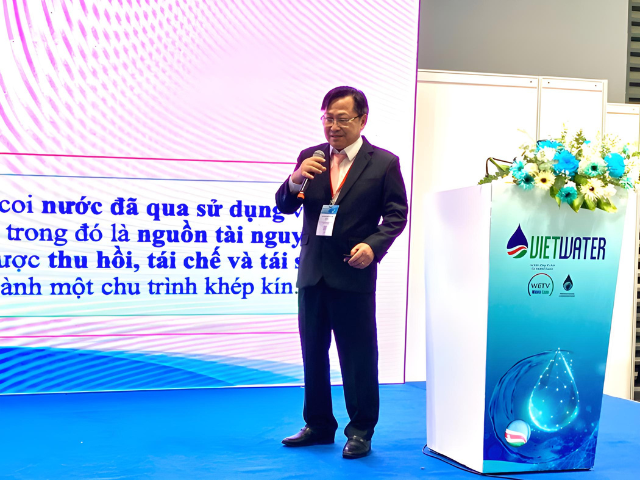
Prof. Dr. Nguyễn Văn Phước believes Ho Chi Minh City must treat wastewater as a resource – Photo: Tử Kính
|
After expanding with Binh Duong and Ba Ria – Vung Tau, Ho Chi Minh City has become a megacity with 14 million residents and an area of over 6,772 km². Water demand has surged. Power plants, textile factories, food processing facilities, and dozens of industrial zones consume hundreds of thousands of cubic meters daily. Meanwhile, natural supply is declining, forcing the city to rethink its entire water strategy.
The solution, according to Mr. Phước, is developing a circular water economy—a model that reuses treated wastewater for various purposes. Treated water can be used for irrigation, street cleaning, equipment cooling, and even agricultural supply. Additionally, nutrient-rich sludge can produce fertilizer, while biogas generated during treatment can generate electricity.
“Ho Chi Minh City must view water as a resource and abandon the extract-and-discard mindset. A circular water economy is essential to ensure the city’s water security,” he emphasized.
Experts state that a circular water economy is based on three principles: efficient use, reuse after treatment, and energy recovery. First, water loss must be reduced by using digital technology to monitor pipelines and detect leaks early. Next, domestic and industrial wastewater must be treated to standards for reuse instead of being discarded. Currently, Ho Chi Minh City generates over 1 million m³ of wastewater daily but treats less than 40%, with the rest dumped into rivers and canals, causing both waste and pollution.
In industrial zones, the circular water model can be implemented in three stages. At the first stage, individual factories treat and reuse water internally. At the second stage, wastewater from one factory is treated and supplied to another factory in need. At the final stage, treated industrial water is used for agriculture or urban greenery. When implemented comprehensively, this model saves clean water costs, reduces pollution, and creates new economic value chains.
He added that the city should develop medium and small-scale treatment plants near industrial zones and residential areas, allowing treated water to be reused locally. Additionally, rainwater should be collected and utilized through detention ponds and permeable roads, reducing flooding during the rainy season and supplementing water during the dry season.
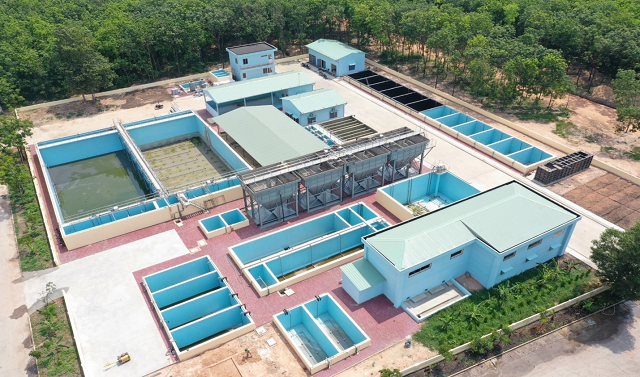 Experts believe Ho Chi Minh City needs medium and small-scale treatment plants for immediate reuse – Illustration
|
Assoc. Prof. Dr. Nguyễn Thị Thanh Phượng, Director of the Institute of Environmental Industry, agrees that Ho Chi Minh City has no choice but to transition to a circular water economy. She believes building small, decentralized treatment plants by area is a reasonable solution, as it saves transportation costs and ensures a proactive supply of reusable water. Additionally, black water and gray water should be separated in new urban areas for easier treatment and reuse.
According to Ms. Phượng, future urban planning should incorporate the “sponge city” model, where rainwater is collected, retained, and reused instead of quickly drained into rivers and canals. Simultaneously, a smart water management system must be applied to monitor the entire water supply and drainage network, helping the city proactively manage extreme weather conditions.
“We need to build detention ponds to store and utilize rainwater, turning it into a clean and affordable water source for the city,” the expert said.
On the policy front, experts believe Vietnam needs to quickly establish separate standards for reused water, along with financial mechanisms to encourage businesses to invest in treatment technology. An environmental fund, preferential loans, and a “circular water label” for pioneering water-saving and reuse businesses are needed.
Heineken Vietnam’s Circular Water Story
Ms. Phạm Thị Trúc Thanh, Director of Sustainable Development at Heineken Vietnam, shared that the circular water economy is not just theory but has been effectively implemented by many international corporations. Heineken has five breweries in Vietnam, with the Ba Ria – Vung Tau plant being the largest in Southeast Asia.
According to Ms. Thanh, the company aims to achieve 100% water balance in water-stressed areas by 2030 while reducing water use efficiency in production. As of 2024, water consumption to produce 1 liter of beer is only 2.39 liters, an 18% decrease from 2016. All 100% of wastewater from Heineken’s plants is treated to standards before discharge or reuse, with 21% of treated water used for equipment washing, cooling, and plant irrigation.
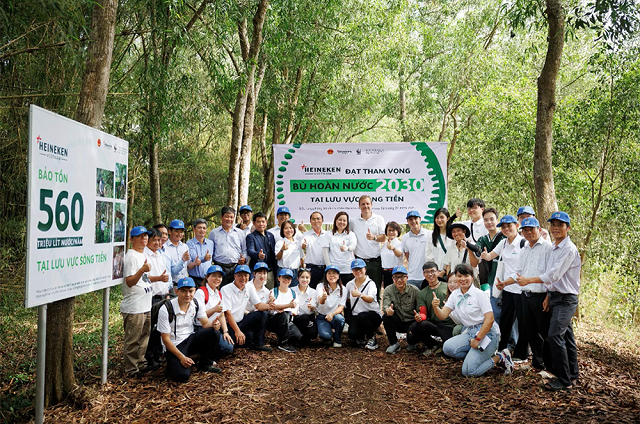
Heineken Vietnam aims to “return” 690 million liters of water annually to nature, offsetting the water used in production at the Tien Giang brewery – Photo: Heineken Vietnam
|
She noted that water savings are achieved through real-time monitoring systems, enabling early leak detection and optimized production processes. Heineken also promotes initiative sharing among domestic and international plants to continuously improve water efficiency.
Beyond production, the company implements “nature-based water replenishment” projects to restore water sources. In Vietnam, Heineken has partnered with the Ministry of Agriculture & Environment and the World Wide Fund for Nature (WWF) on projects in the Tien, Hong, and Dong Nai river basins. To date, the program has restored over 1,100 hectares of forest, planted 840,000 trees, and supported 4,200 households.
“We realize that saving water within the factory is not enough. For true sustainability, we must protect and restore water sources—the starting point of all production,” Ms. Thanh said, proposing policies to encourage businesses to reuse treated water in industry and agriculture, promoting the circular water model more widely.
– 13:40 26/10/2025
Chairman Nguyen Van Duoc: The Bau Bang – Cai Mep Railway is Crucial for Ho Chi Minh City
Mr. Nguyễn Văn Được emphasized the critical importance of the Bàu Bàng-Cái Mép railway for Ho Chi Minh City’s future development. This project is poised to significantly reduce logistics costs, alleviate traffic congestion, and mitigate environmental pollution.
Unveiling the 143-Pillar Concrete Tower: A $6.8 Million Sun Group Masterpiece – Record-Breaking Construction Speed, Instantly Becomes a Hot Check-In Destination
Soaring over 34 meters high and weighing a staggering 104 tons, the Tam Thang Tower is a breathtaking sight. Its facade, adorned with vibrant mosaic ceramic tiles, creates a mesmerizing visual effect as it reflects light, shimmering brilliantly under both sunlight and artificial illumination. Since its inauguration, this architectural marvel has become an iconic symbol of Vung Tau.
Ho Chi Minh City to Build Three International Passenger Ports to Boost Cruise Tourism
In the period from 2026 to 2030, Ho Chi Minh City plans to invest in three international passenger ports located in the former Vũng Tàu area and Khánh Hội. This strategic initiative aims to boost the city’s cruise tourism sector, attracting a larger influx of international visitors.
Prime ‘Golden Land’ Project Lancaster Lincoln Encroaches Over a Thousand Square Meters of Public Land
The newly licensed Lancaster Lincoln project was granted construction approval for its basement on the land plot at 430 Nguyen Tat Thanh. However, the developer proceeded to construct on the adjacent plot at 428 Nguyen Tat Thanh, Ward Xom Chieu, Ho Chi Minh City, including an interlocked public land area of 1,273 m², without obtaining investment approval or a construction permit. Due to these violations of construction and land use regulations, the project has been penalized and construction has been halted.

